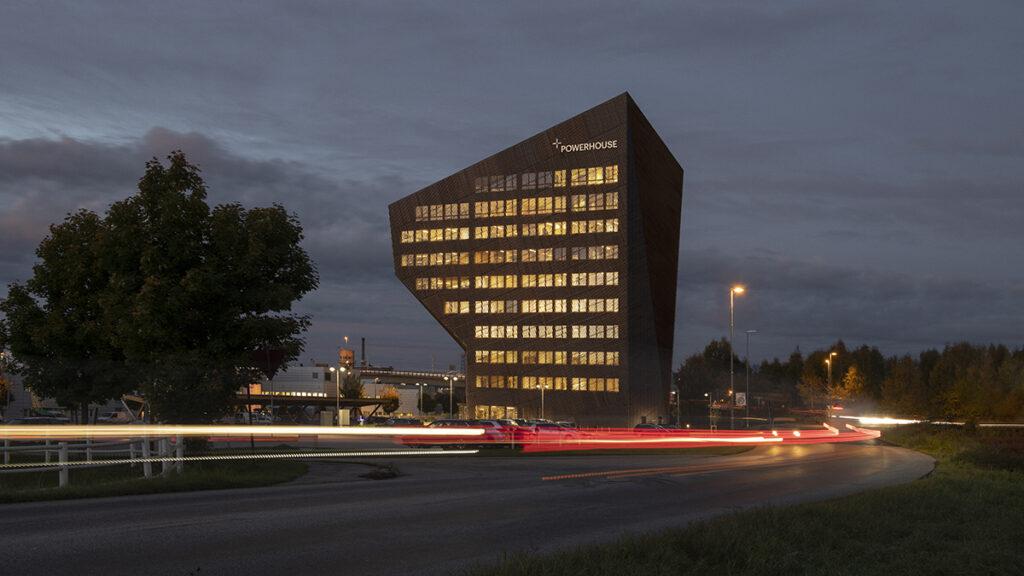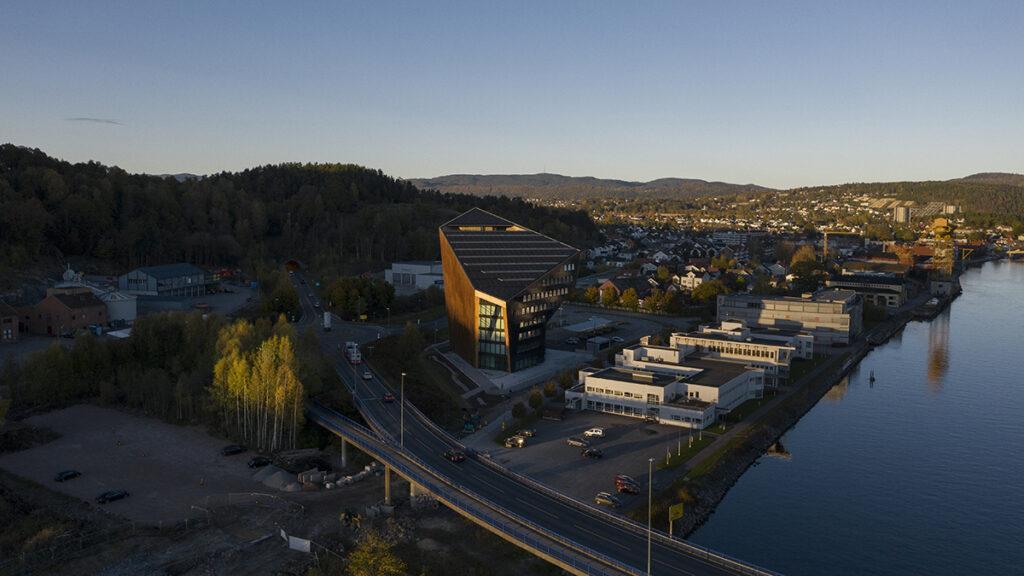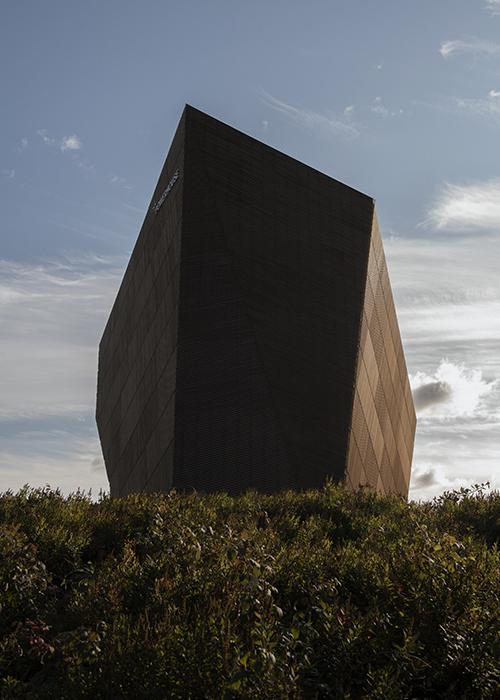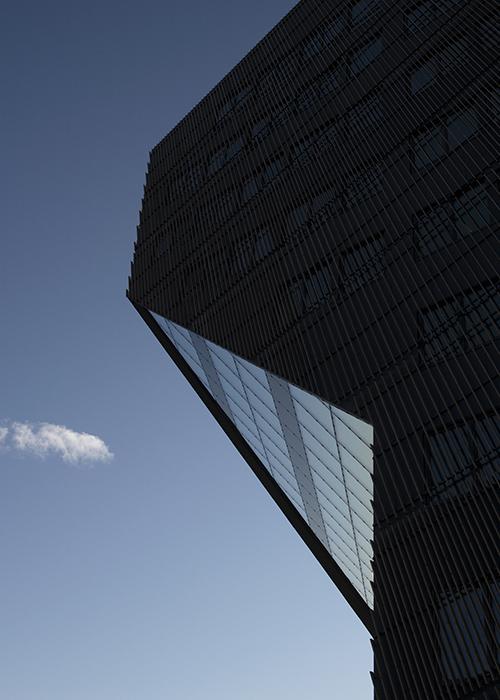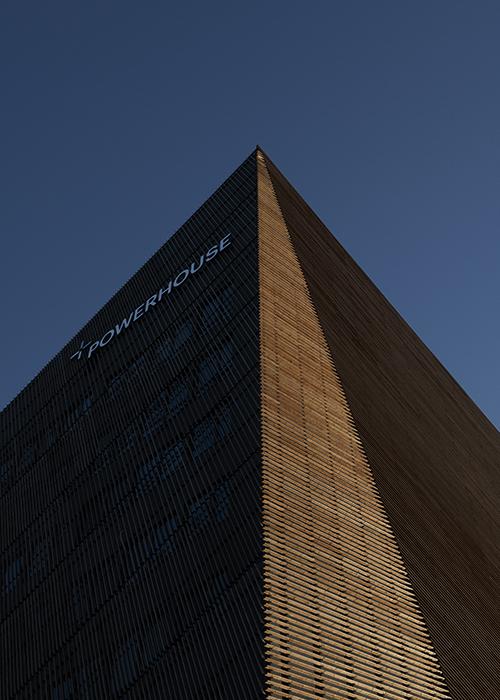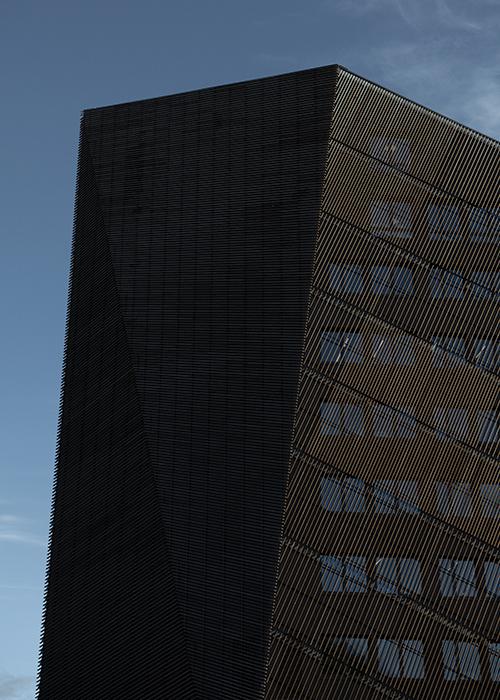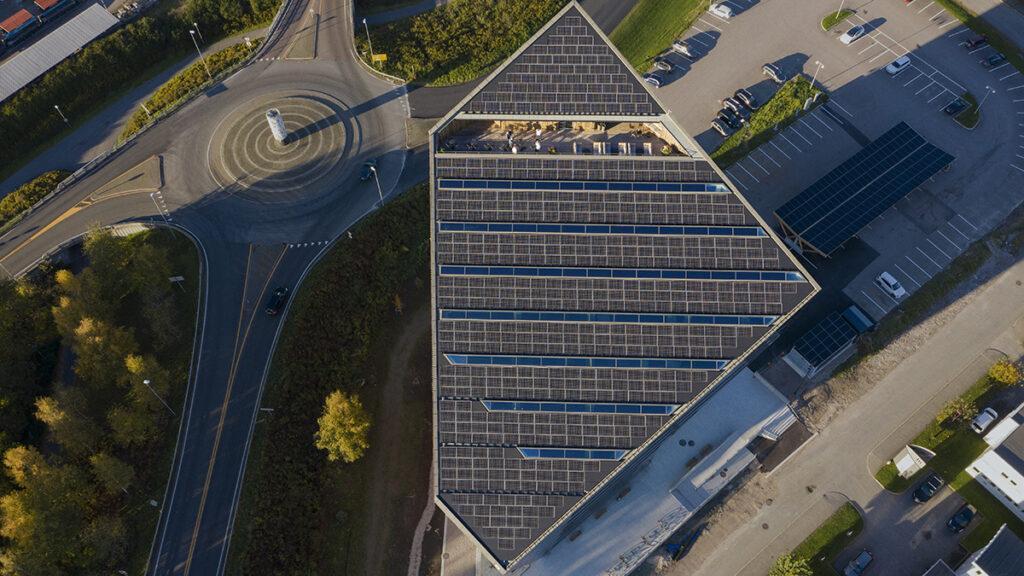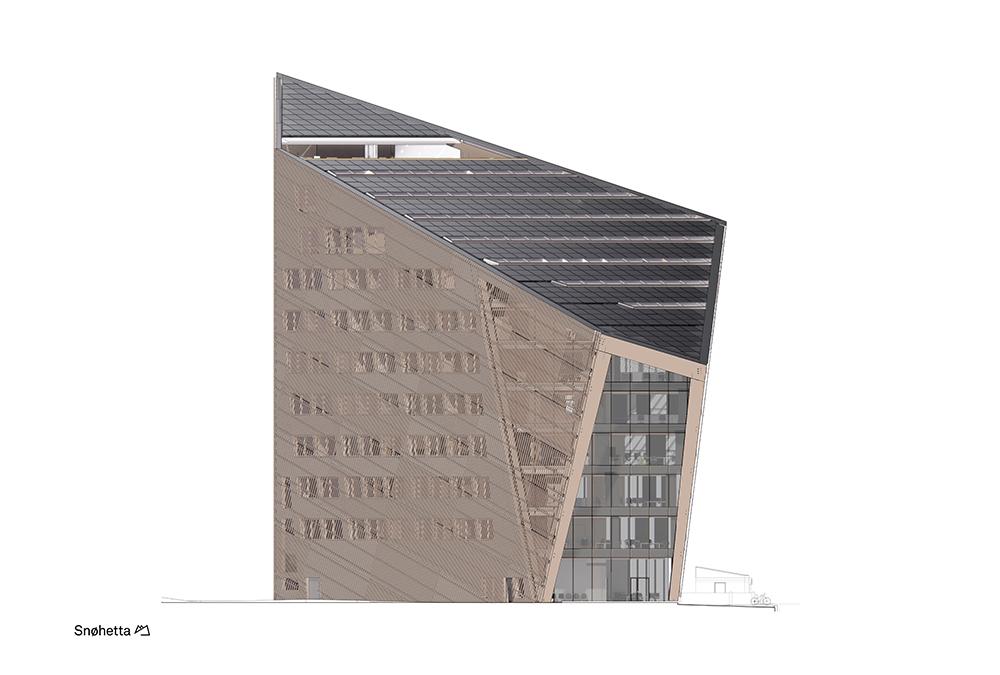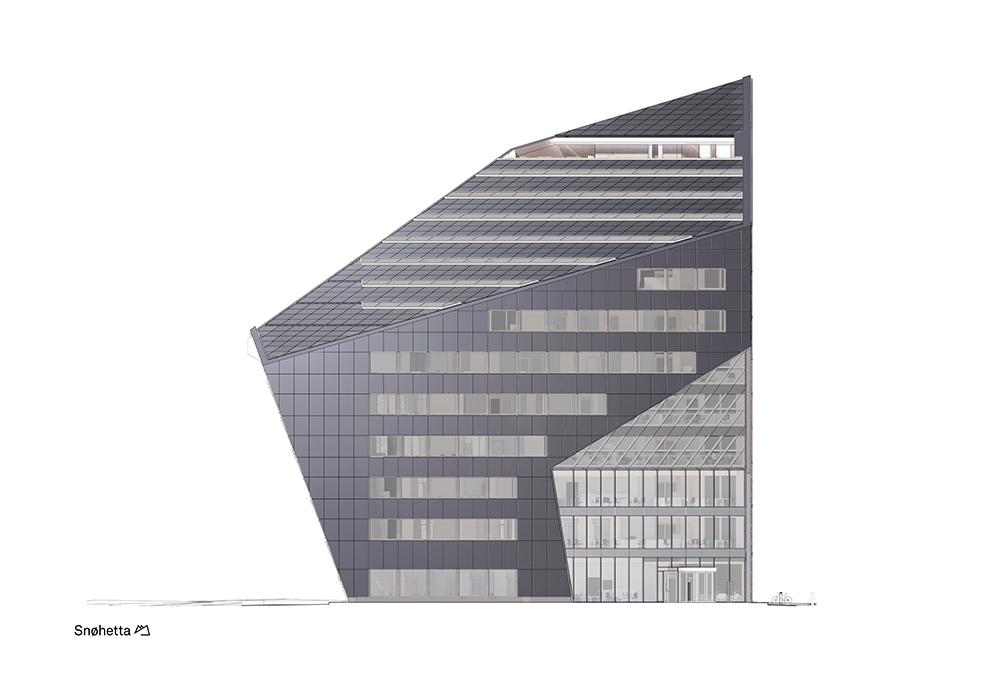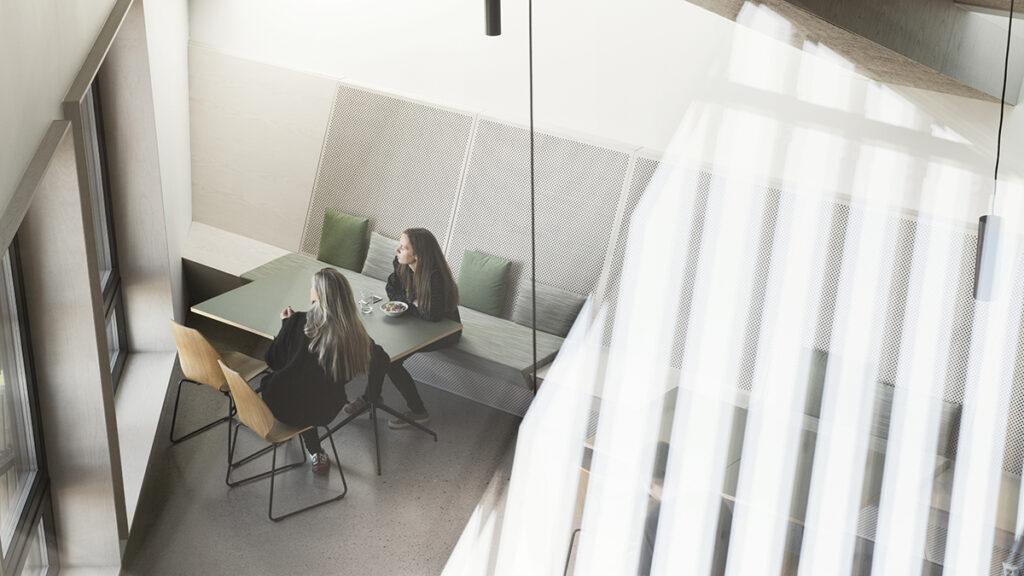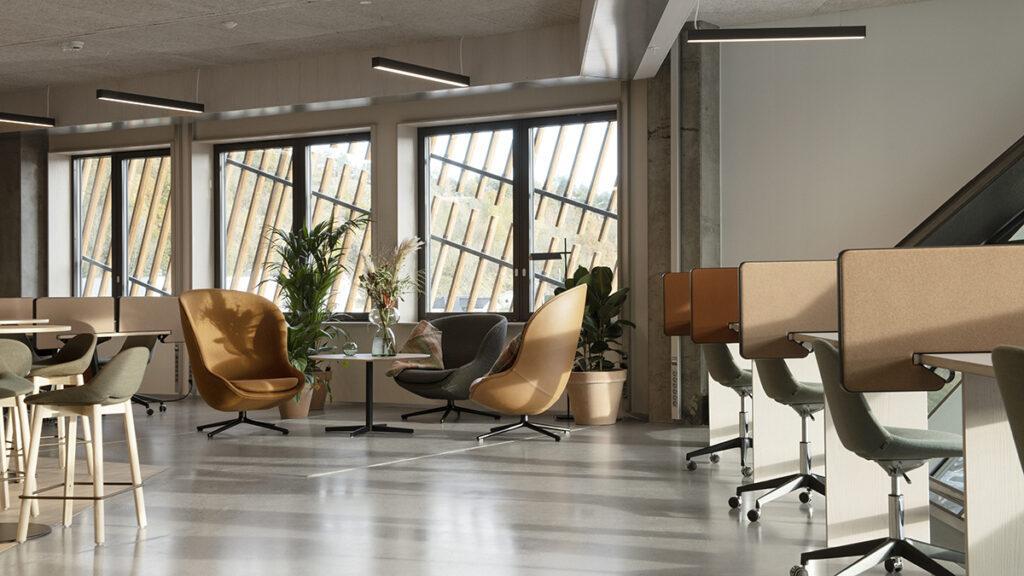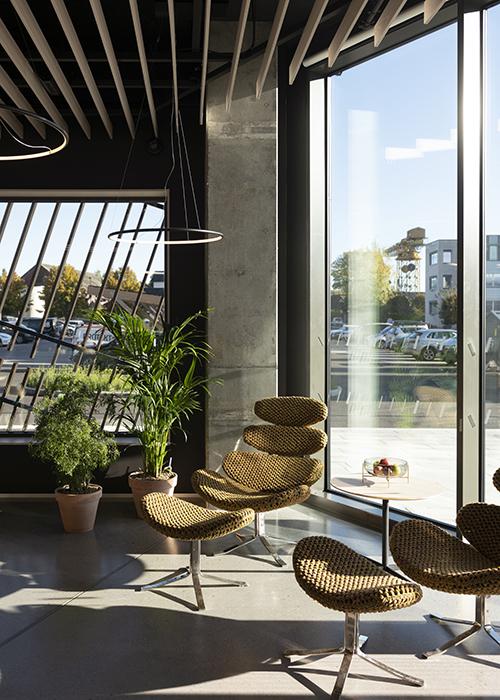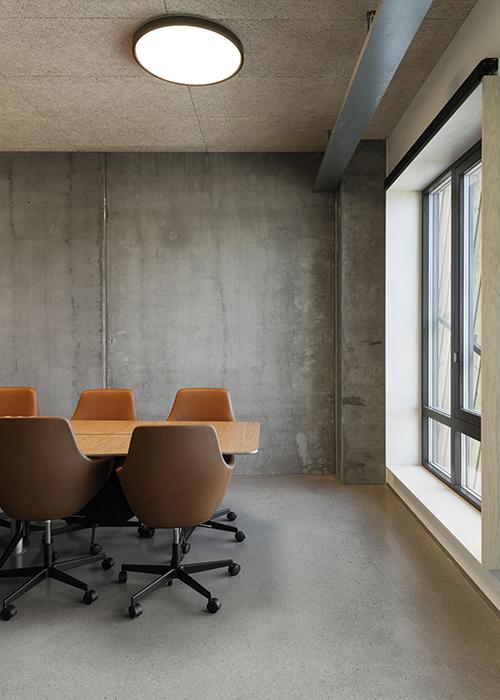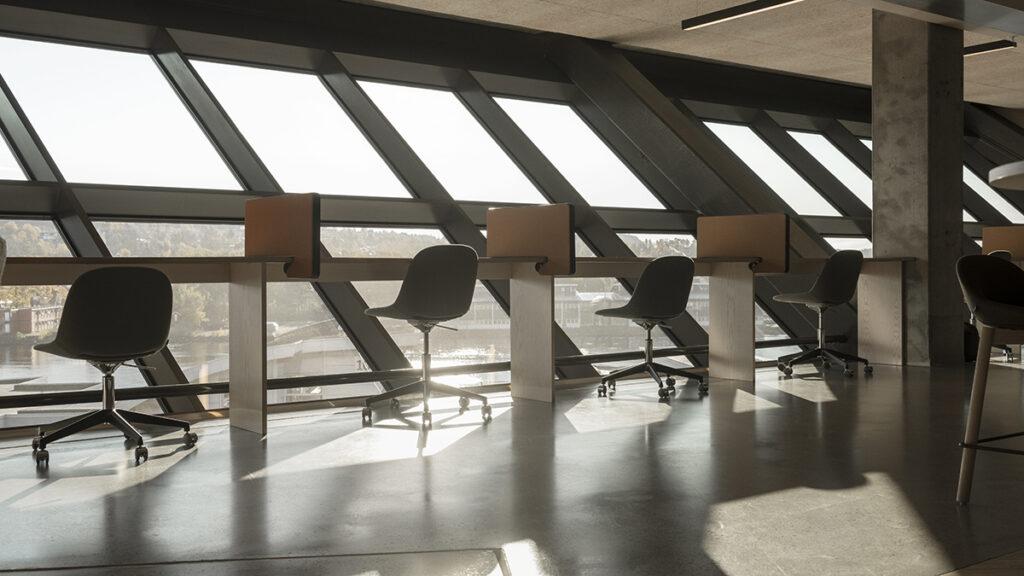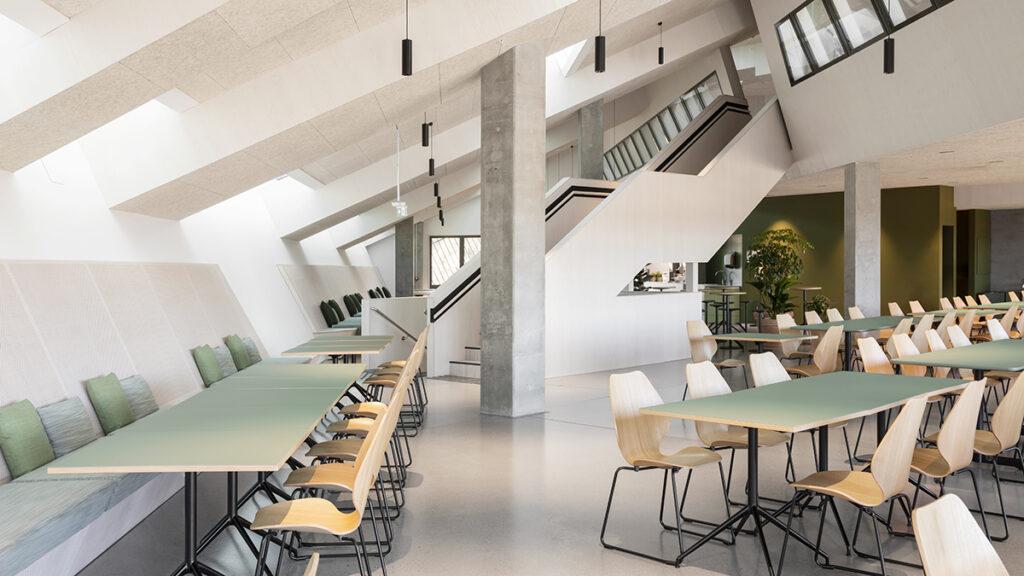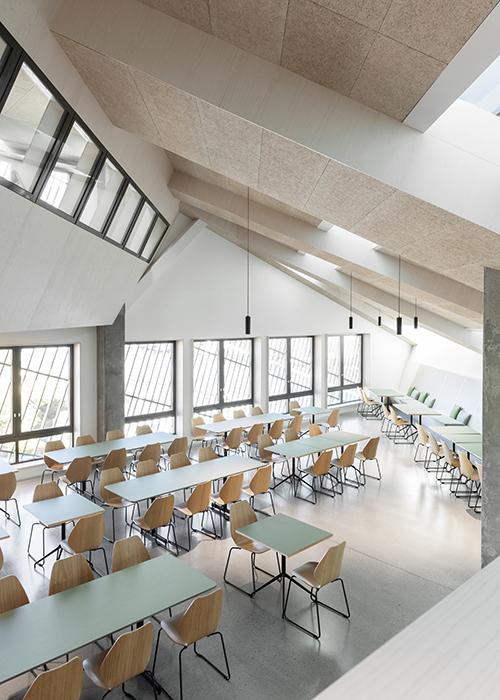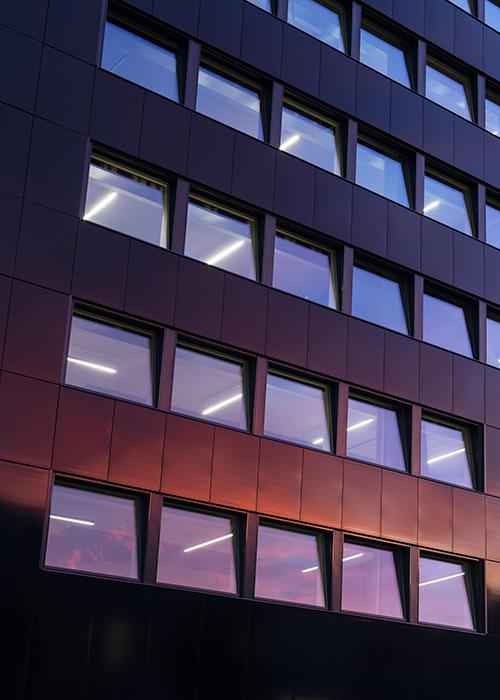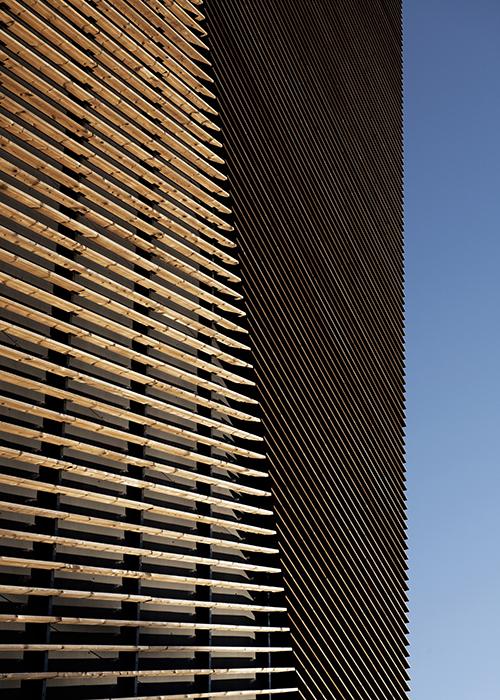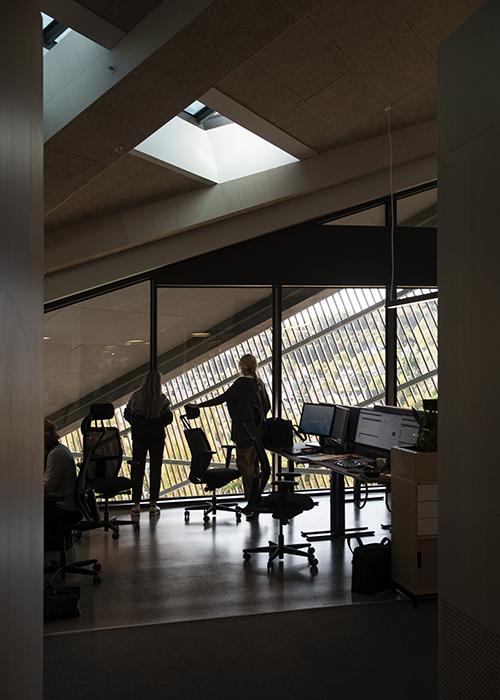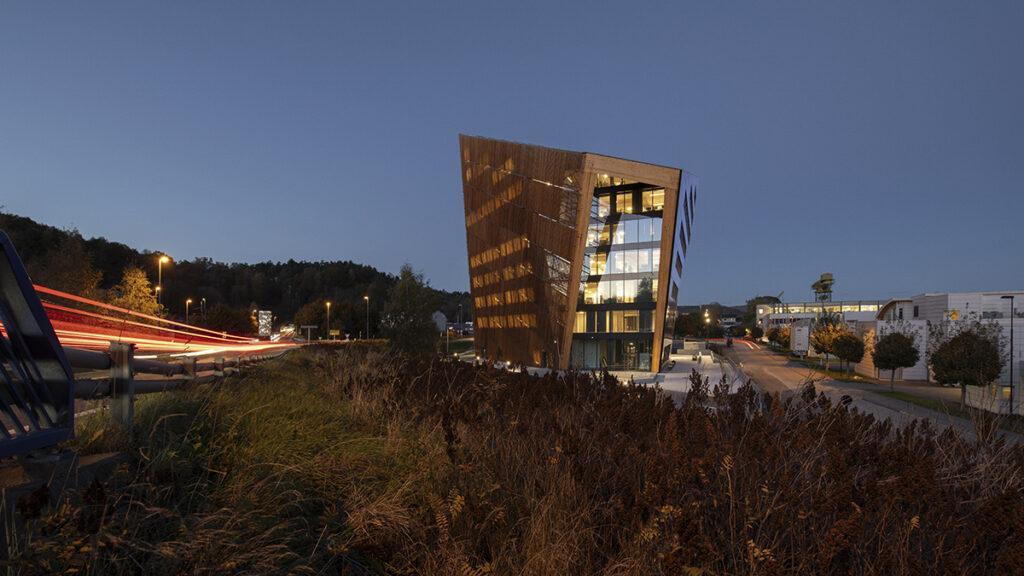PlusEnergy is the future
When ecological construction specialists join forces, the results are always exciting. One good example is the Powerhouse collaboration featuring leading architectural firm Snøhetta. Their latest tour de force: a PlusEnergy house that is dazzling in both form and sustainability.
In striving to “keep our planet as healthy as possible”, they are creating energy-positive buildings. “They” are the Powerhouse research, design and engineering collaboration. Their latest project was completed recently: a PlusEnergy house in the historic Norwegian industrial city of Porsgrunn, in the province of Vestfold og Telemark. The unusual office building is already the fourth Powerhouse flagship for the team’s forward-looking designs.
Powerhouses for a better tomorrow
Besides leading architectural firm Snøhetta, the innovative and highly motivated team includes real estate company Entra, environmental organization ZERO, entrepreneur Skanska and consulting firm Asplan Viak. The latest project has client R8 Property on board too.
These Powerhouses need to be able to produce more clean, renewable energy than they consume throughout their operational lifespan, conservatively estimated at 60 years. This includes all materials, construction and demolition.
Now completed, the 11-storey office building in Porsgrunn is such a PlusEnergy house. As part of the series, the Powerhouse Telemark sets new standards for sustainable buildings: its annual net energy consumption is around 70% lower than similar new office buildings.
Telemark leads the way
The location of the 8,400 m² building is symbolic in itself. After all, the region of Telemark is also home to one of the largest hydropower plants from the early 19th century. As well as this, it invests extensively in the green economy. The Powerhouse aims to position this region as a shining example of how new buildings can reduce CO2.
According to the architects, the south-east facade and the roof will generate 256,000 kWh per annum. This is roughly twenty times the annual energy consumption of an average Norwegian household. Any surplus energy will be sold back to the energy grid.
Certified sustainability
The BREEAM Excellent** certificate awarded to the Powerhouses is evidence of their bold sustainability ambitions. Snøhetta and its partners are also eager for the PlusEnergy house in Telemark to serve as a flagship model of how sustainable architecture and design can be implemented around the world in future.
Distinctive optics
The skewed, slightly conical new building has much to offer on a visual level too. A clearly defined, 45° tilting notch on the eastern facade lends it an unmistakable look. It also allows this PlusEnergy house to set itself apart from the surrounding industrial park Herøya.
Inside the Powerhouse Telemark, a state-of-the-art working environment is experienced in flexible offices, co-working and conference areas. The staff restaurant, bar and roof terrace with a view of the fjord are added benefits.
Striking stairs
Two large stairways connect the ground floor with the upper floors, starting in the reception area and leading up to the penthouse conference rooms. A straight wooden staircase is found on the ninth floor. This striking visual connection between the canteen and the penthouse level allows visitors to access the roof terrace.
Ample room for solar harvesting
With its extended surface area and 24° tilt, the roof of the PlusEnergy house is designed to harvest as much solar energy as possible – both with its photovoltaic roofing and with the PV cells on the southern facade.
In the west, north-west and north-east, the office tower is clad with wooden balusters that provide natural shading for the facade that is most exposed to the sun. Behind this wood panelling are Cembrit facade panels, lending the PlusEnergy house a uniform “face”.
Efficiently climatized
The building functions like a passive house and is therefore perfectly insulated. While its windows are triple-glazed, the concrete slabs create a density akin to stone structure – storing heat by day and slowly emitting it in the evening. There is also a low ex system with water loops in the border zones of each floor and geothermal wells dug 350 metres below ground for efficient cooling and heating.
Many low-tech solutions in the PlusEnergy house have the comfort of tenants in mind. The slight angle of the facades towards the west and south-east guarantees a maximum of daylight and shading, plus a magnificent view and flexible use of space.
Meticulously planned interior
The Powerhouse is level in the north-east to accommodate more traditional workspaces with closed offices. Small, secluded areas have been set apart from the sun-exposed facades, which reduces cooling costs and retains a pleasant room temperature.
The interior design is broadly standardized. This is because the architects aim to prevent unnecessary waste when new tenants move into the PlusEnergy house. The flooring material and the glass and office partitions have the same design throughout the building, as do the kitchenettes, lamps and washrooms. There are also uniform colours and materials.
The flexible interior is intended to enable tenants to increase or reduce their space according to their individual needs.
Top quality in the PlusEnergy house
In the interests of environmental compatibility, priority was given to robust, sustainable substances – predominantly native timber, gypsum and environmentally friendly, untreated exposed concrete. From kitchens to items of furniture, everything is based on durable, high-quality basic materials.
For instance, the carpet tiles consist of 70% recycled fishing nets. The wooden flooring is industrial parquet made from waste wood ash. And a specially designed foliating signage system makes it possible to identify the various office spaces – but without creating unnecessary waste when brand-specific signage is changed.
Naturally light and economical
To reduce the need for artificial lighting to an absolute minimum, the PlusEnergy house has a conservative but efficient lighting system. In addition, the building roof has vertical glass slits that provide plenty of daylight for the three uppermost floors. The bright, friendly atmosphere in the office building is also deliberately enhanced by appropriately coloured furniture.
It’s no secret that the internationally successful architects at Snøhetta are masters of sustainable design. The Oslo-based, multiple award-winning office has already made a name for itself with many projects of this kind.
Environmental specialist Snøhetta
These include for example the Svart Resort eco-hotel and the spectacular seed vault in Norway known as The Arc. And the environmentally and people-friendly headquarters of Tyrol tour operator ASI also bear the clear hallmarks of the Snøhetta team.
With the fourth PlusEnergy house to be built as part of the Powerhouse cooperation, Snøhetta and partners are eager to make their mark again. The Powerhouse Telemark aims to raise the bar for ecologically, socially and economically sustainable architecture. Just like its ambitious sister projects Kjørbo, Drøbak Montessori School and Brattørkaia. The new building also aims to get people thinking about how offices could be designed post-COVID-19.
A major rethink
We must take this moment to prioritize sustainable design practices, says Snøhetta founding partner Kjetil Trædal Thorsen: “We need to specifically consider how our work impacts human and non-human inhabitants alike.”
Gradual climate change is seen as a less immediate threat than the rapid effects of viruses such as COVID-19. But, as Kjetil Trædal Thorsen stresses: “We as architects have a stake in the protection of our built and unbuilt environments. We need more industry-wide alliances such as Powerhouse to push industry standards for what it means to build sustainable buildings and cities, both on an economic, social and environmental scale.”
Pioneering Powerhouse team
The first project undertaken by the Powerhouse cooperation was Kjørbo in Sandvika, near Oslo. Completed in 2014, it stands as the first energy-positive building in Norway. And is, as the partners add: “to our knowledge the first renovated energy-positive building in the world.” Their work has already won awards. For instance, the Powerhouse Brattørkaia recently won the Fast Company 2020 Innovation by Design Award for sustainability.
Further zero-emission and energy-positive buildings by Snøhetta include Harvard HouseZero and ZEB Pilot House. As with the PlusEnergy house in Telemark, these are all designed with one aim in mind: using architecture to help keep the planet as healthy as possible.
Text: Elisabeth Schneyder
Translation: Rosemary Bridger-Lippe
Images: Ivar Kvaal, Snøhetta
